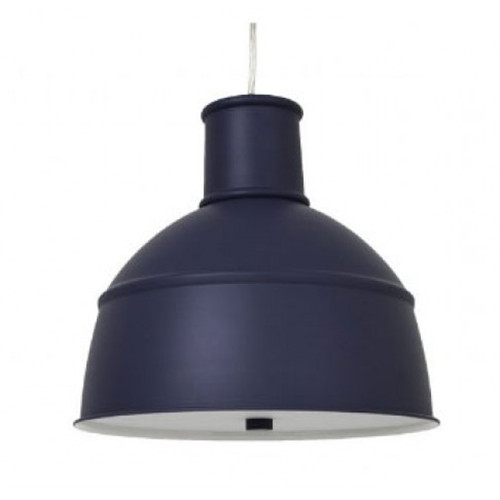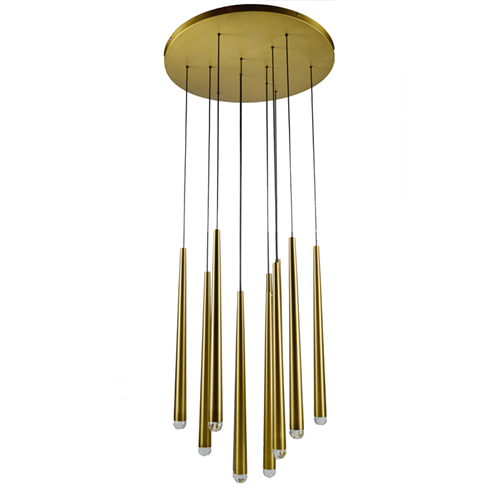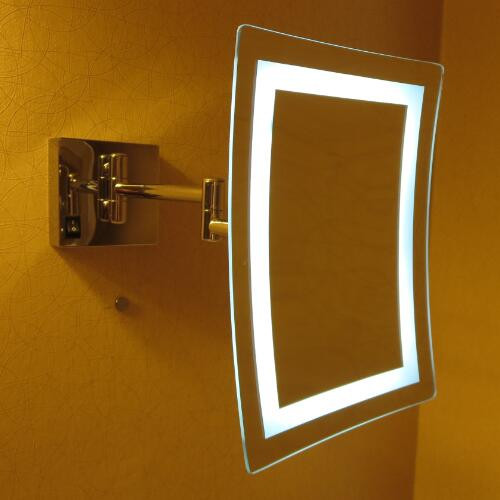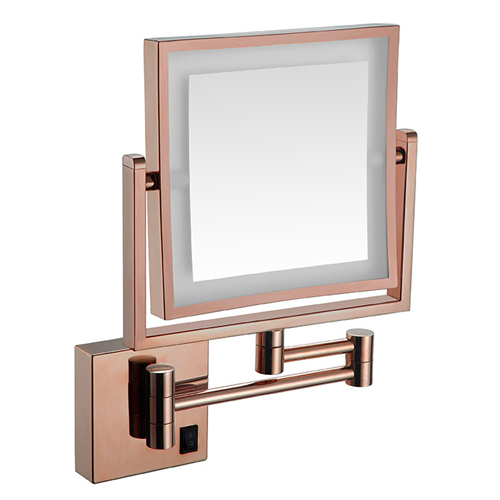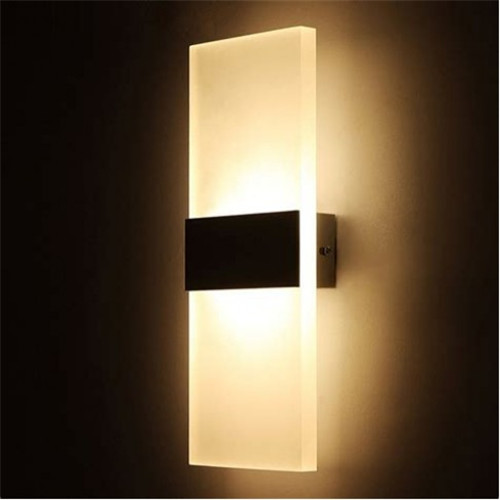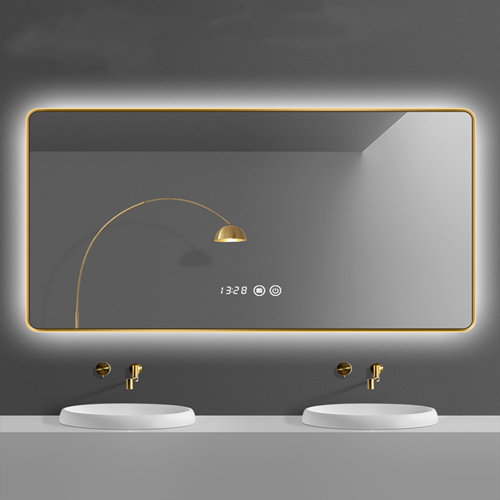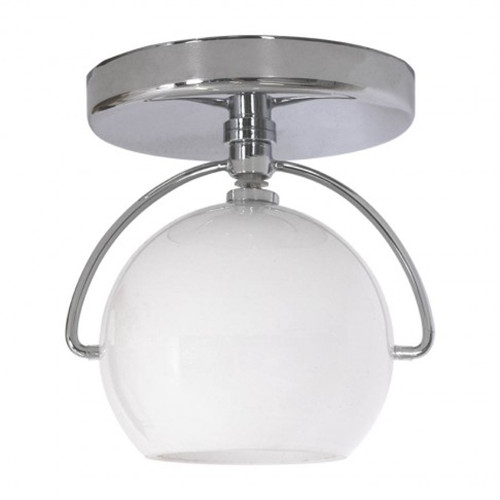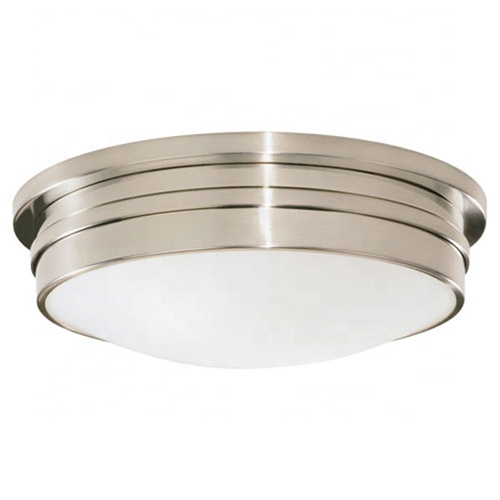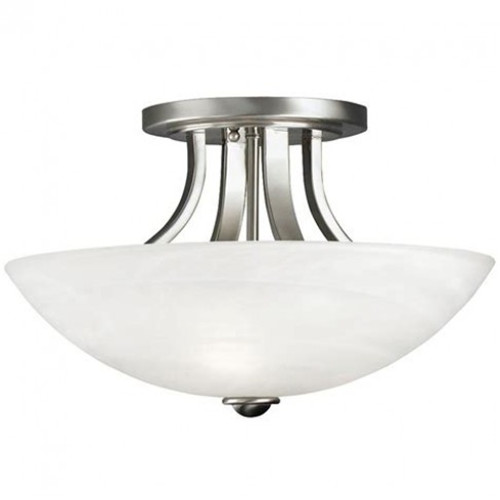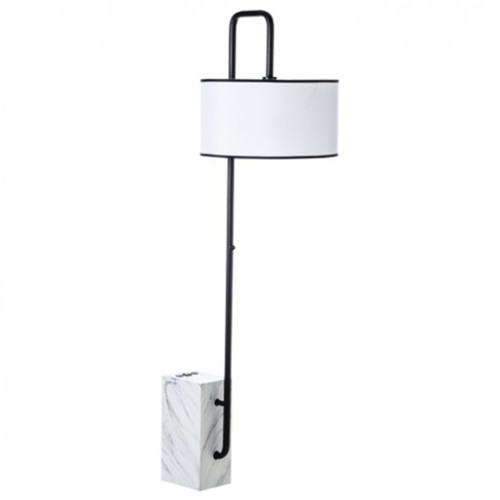The Best Idea For Bathroom Modern Mirrors With LED Lights
Are Lighted Bathroom Mirrors Worth It?
Lighted bathroom mirrors are worth it if you want to have function and stylish. The mirrors have LED backlights which add to the brightness of the room. It also includes many other functions that allow you to choose according to your preferences. Moreover, they are using LED lights, which are energy savers and eco-friendly.
Today we'd like to share some ideas about a bathroom transformation you can make without too much cost or hassle - an LED light mirror.
 |
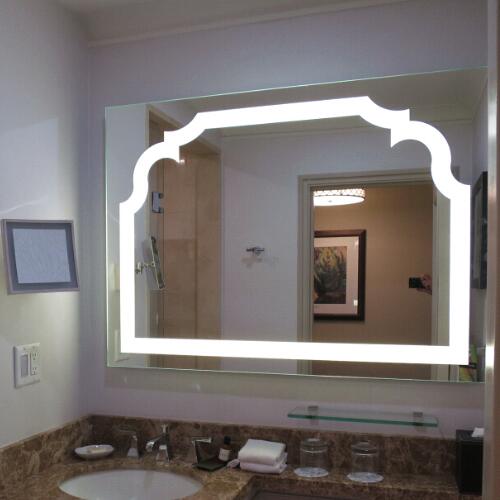 |
This contemporary LED bathroom mirror measures 48" x 36" and can be mounted both vertically and horizontally, depending on your preference. The task lights are perfectly positioned around the whole mirror to evenly distribute the warm glow and to prevent shadows from forming, the built-in defogger ensures that the mirror is always clean and steam-free even when you're taking a hot bath or shower.
This custom made illuminated mirror is for hotel project, the frosted band is in an unique shape to reflect the hotel name - Fairmont. This stunning mirror offers a clear, high-definition image in a very sleek and elegant form. It's eco-friendly and comes with built-in LED lighting, there's no flicker, no UV. You can turn the light on and off using a wall switch.
 |
 |
This eye-catching LED backlit round mirror has a very clean and minimalist look that adds class into the bathroom. It emits a soft, even glow - creating a calming modern ambiance. Its lighting are only reflected on the wall at the back creating an illusion of space in a room. The 2700K warm white color makes you feel comfortable and cozy, one must-have item for the decoration.
This square LED backlit mirror has an exquisite and simple design which suits the minimalism of contemporary aesthetic. This frameless mirror can produce a beautiful new focal point in your bathroom, the polished small rounded edges offer a softer, more feminine look. It also has a touch sensor which lets you turn the light on and off easily.
There are many sizes of LED illuminated bathroom mirrors that you can choose from, and one of those is large. This gorgeous large LED vanity mirror has two 3" width LED bands at the top and the bottom which provide even and pleasant lighting, with no shadows cast on your face - making it perfect for tasks like applying make up, shaving and any type of grooming. Quite a statement!
If round is your preferred shape, there are plenty of options that you might enjoy. This LED light wall mirror, for example, measures 26" in diameter and has a beautiful design. It's surrounded by an LED strip at the back around the mirror, creating a symbolic frame with the perimeter lighted area. Installing this mirror you will transform the look of your bathroom into a modern masterpiece.
Above we have introduced some stylish LED illuminated mirrors, and there are thousands of choices on the market. You do not have to worry because we will help you to find the best one. Sunwin is one of the top China lighted mirror factories, and we have the UL certificate as a whole mirror, many mirrors are just with UL accessories. Welcome to establish a long-term business relationship at sales@sunwinhotellighting.com.








